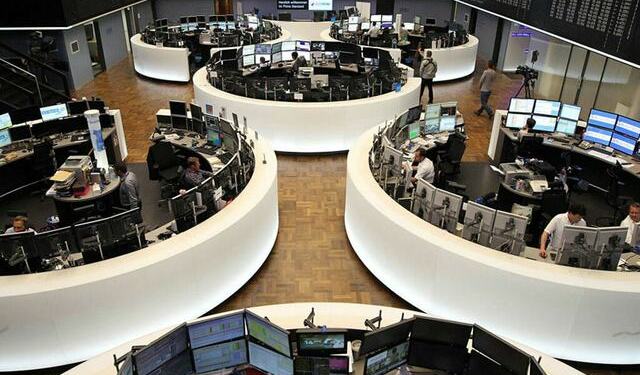By Wayne Cole
SYDNEY (Reuters) – Australian firms paid out a record amount in wages last quarter as a boom in hiring bloated their pay bill, a much-needed boost to consumer incomes and spending power at a time when overall growth in salaries remains subdued.
Monday’s figures from the Australian Bureau of Statistics showed businesses paid out A$134.2 billion ($104.2 billion) in wages and salaries in the December quarter, up 1.0 percent on the previous quarter and 4.3 percent higher than a year ago.
Annual growth in the total pay bill was more than twice that of individual wages, reflecting the huge 403,000 net gain in employment enjoyed during 2017.
“It’s mostly growth in jobs, not wages,” said Shane Oliver, chief economist at AMP Capital.
“At an individual level people aren’t feeling it, but at least firms are spreading the money around between more people. It does add to incomes and GDP overall.”
Figures due Wednesday are forecast to show Australia’s A$1.8 trillion gross domestic product (GDP) expanded by around 0.6 percent in the December quarter. That would see annual growth slow to 2.5 percent, from 2.8 percent, but it would still mark more than 26 years without a technical recession.
The mix of moderate growth with restrained wages is a major reason the Reserve Bank of Australia (RBA) is likely to keep interest rates at record lows at its March meeting on Tuesday.
Policy has been on hold since August 2016 and the central bank has shown no urge to hike rates anytime soon.
STILL HIRING
The appetite for labour also shows little sign of fading, with job ads holding at six-year peaks in February.
A survey by Australia and New Zealand Banking Group out on Monday showed the average total number of ads per week was 177,284 in February, up a brisk 13.3 percent compared to a year ago.
“Business conditions remain elevated, job security continues to improve and capacity utilisation sits at the highest since 2008,” said ANZ’s head of Australian economics David Plank.
“This suggests further gains in employment and ongoing inroads into the unemployment rate, at least through the first half of the year.”
Monday’s ABS data suggested firms could afford to pay all the extra hands, with business pre-tax profits climbing 19 percent in the December quarter, from the previous quarter.
Mining alone boasted a rise of 38 percent in profits as commodity prices strengthened, while tourism, manufacturing and utilities all performed strongly.
There was also upbeat news for the construction industry as ABS data showed approvals to build new homes surged 17.1 percent in January, far beyond forecasts of a 5 percent increase and recouping almost all of December’s 20.6 percent drop.
This series has a pattern of wild swings caused by approvals for large multi-unit blocks, which ballooned 42 percent in January alone.
Yet the underlying trend is proving surprisingly resilient given the boom in home building is already five years old.
($1 = 1.2882 Australian dollars)
Fusion Media or anyone involved with Fusion Media will not accept any liability for loss or damage as a result of reliance on the information including data, quotes, charts and buy/sell signals contained within this website. Please be fully informed regarding the risks and costs associated with trading the financial markets, it is one of the riskiest investment forms possible.
Source: Investing.com


























